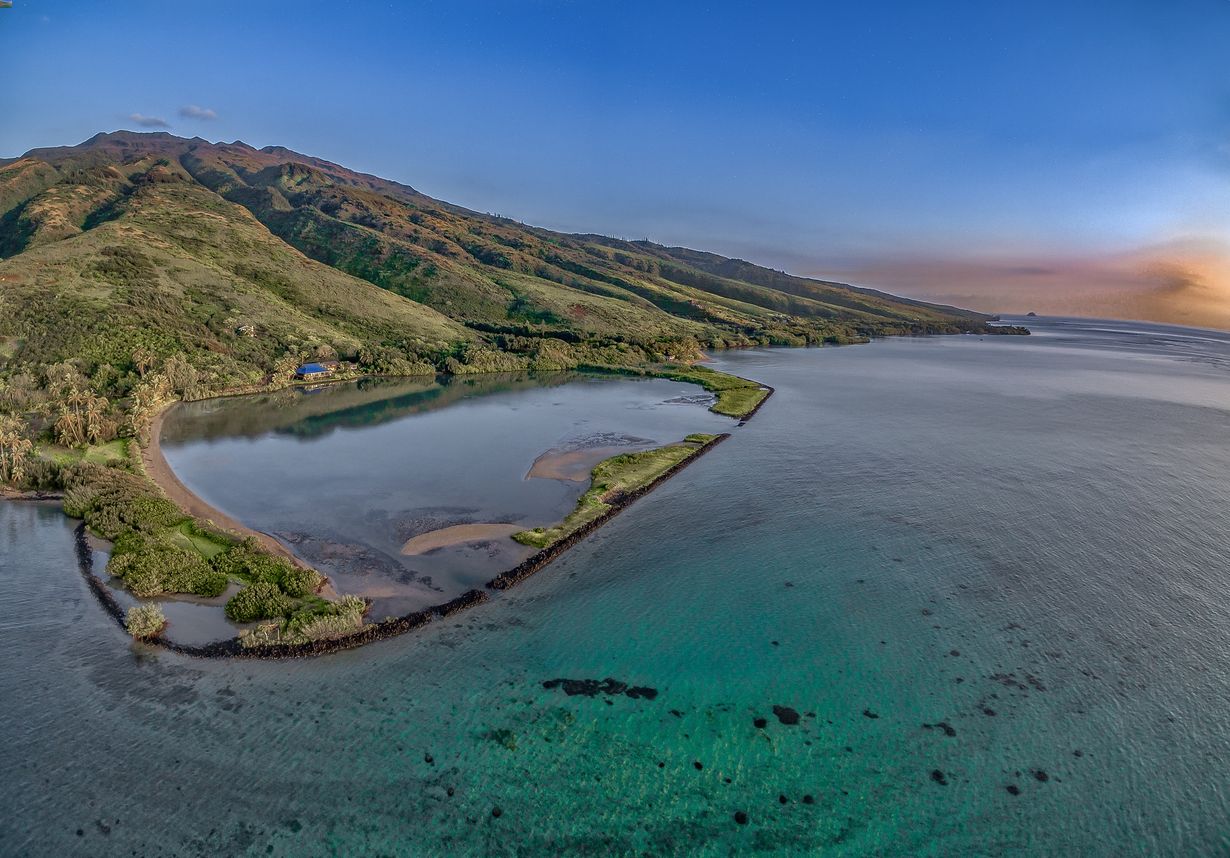Secrets Of Hawaii’s Ancient Fish Traps

Have you ever wondered how ancient Hawaiians caught fish without modern tools? The answer lies in Hawaii's ancient fish traps. These ingenious structures, built from lava rocks, harnessed the natural tides to capture fish. As the tide came in, fish would swim into the traps, and when the tide receded, they were left behind, making it easy for fishermen to collect them. These traps weren't just practical; they were a testament to the resourcefulness and deep understanding of nature possessed by the Hawaiian people. Today, you can still find remnants of these traps along the shores, offering a glimpse into a fascinating past.
Discovering Hawaii's Ancient Fish Traps
Hawaii's ancient fish traps are marvels of engineering and ingenuity. These structures, built by Native Hawaiians, showcase their deep understanding of the ocean and its rhythms. Let's explore some of the best places to see these historical wonders.
1. Kaloko-Honokōhau National Historical Park
Located on the Big Island, Kaloko-Honokōhau National Historical Park offers a glimpse into the past. The park features several ancient fishponds and traps that were used by Native Hawaiians to catch fish sustainably.
- Kaloko Fishpond: This large fishpond showcases traditional Hawaiian aquaculture techniques.
- 'Aimakapā Fishpond: A smaller pond that highlights the ingenuity of ancient Hawaiian fish trapping methods.
2. Hōnaunau Bay
Hōnaunau Bay, also on the Big Island, is home to the Pu'uhonua o Hōnaunau National Historical Park. This sacred site includes well-preserved fish traps that provide insight into ancient Hawaiian fishing practices.
- Keone'ele Cove: Known for its clear waters and historical significance.
- Royal Fishponds: These ponds were reserved for Hawaiian royalty and demonstrate advanced fish farming techniques.
3. Molokai's Halawa Valley
Molokai's Halawa Valley is a hidden gem that offers a unique look at ancient Hawaiian culture. The valley is home to several ancient fish traps that are still visible today.
- Halawa Fishpond: A well-preserved example of traditional Hawaiian fishpond construction.
- Kawela Fishpond: Another ancient fishpond that showcases the resourcefulness of Native Hawaiians.
4. Oahu's He'eia Fishpond
Oahu's He'eia Fishpond is a must-visit for anyone interested in ancient Hawaiian aquaculture. This fishpond, located on the windward side of the island, has been restored and is still in use today.
- He'eia Fishpond: A large, restored fishpond that highlights traditional Hawaiian fish farming techniques.
- Educational Tours: Visitors can take guided tours to learn more about the history and significance of the fishpond.
5. Kauai's Alekoko Fishpond
Kauai's Alekoko Fishpond, also known as Menehune Fishpond, is a legendary site with a rich history. This ancient fishpond is said to have been built by the mythical Menehune people.
- Alekoko Fishpond: A stunning example of ancient Hawaiian engineering.
- Scenic Views: The fishpond is surrounded by lush greenery and offers beautiful views of the surrounding landscape.
6. Maui's Ko'ie'ie Fishpond
Maui's Ko'ie'ie Fishpond is another excellent location to explore ancient Hawaiian fish traps. This fishpond, located in Kihei, has been partially restored and offers a glimpse into the past.
- Ko'ie'ie Fishpond: A historic fishpond that showcases traditional Hawaiian aquaculture.
- Cultural Significance: The fishpond is an important cultural site for Native Hawaiians and offers educational opportunities for visitors.
7. Lanai's Kaunolu Village
Lanai's Kaunolu Village is an ancient Hawaiian fishing village that includes several fish traps and ponds. This site provides a unique look at the daily lives of Native Hawaiians.
- Kaunolu Fishpond: A well-preserved fishpond that highlights ancient Hawaiian fishing techniques.
- Archaeological Sites: The village includes several other archaeological sites that offer insight into Hawaiian culture and history.
The Timeless Beauty of Hawaii's Fish Traps
Hawaii's ancient fish traps offer a glimpse into the resourcefulness and ingenuity of early Hawaiian communities. These structures, built with natural materials, have stood the test of time, showcasing the deep connection between the people and their environment. Visiting these sites not only provides a historical perspective but also highlights the importance of sustainable fishing practices.
Exploring these fish traps can be a unique addition to any Hawaiian adventure. They serve as a reminder of the island's rich cultural heritage and the wisdom of its ancestors. Whether you're a history buff or just curious about traditional methods, these ancient fish traps are worth a visit.
Next time you're in Hawaii, take a moment to appreciate these marvels of ancient engineering. They are more than just stone structures; they are a testament to a way of life that valued harmony with nature.

